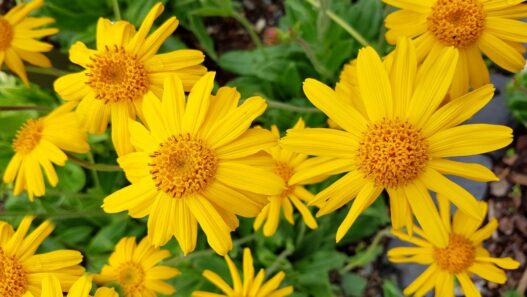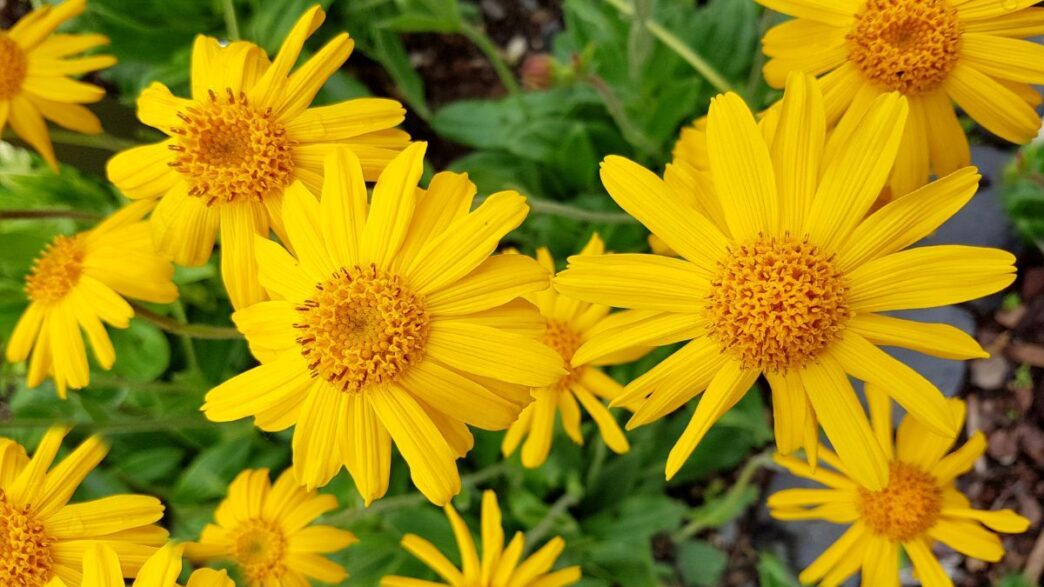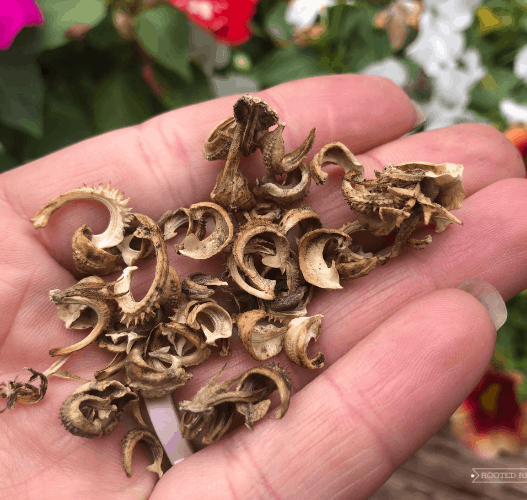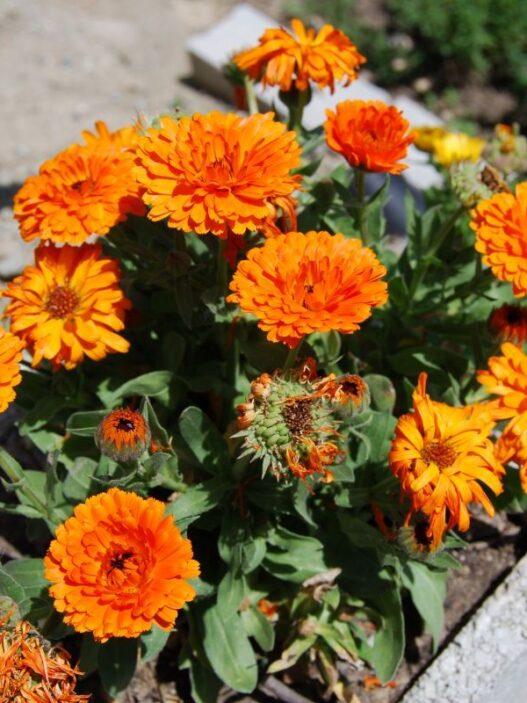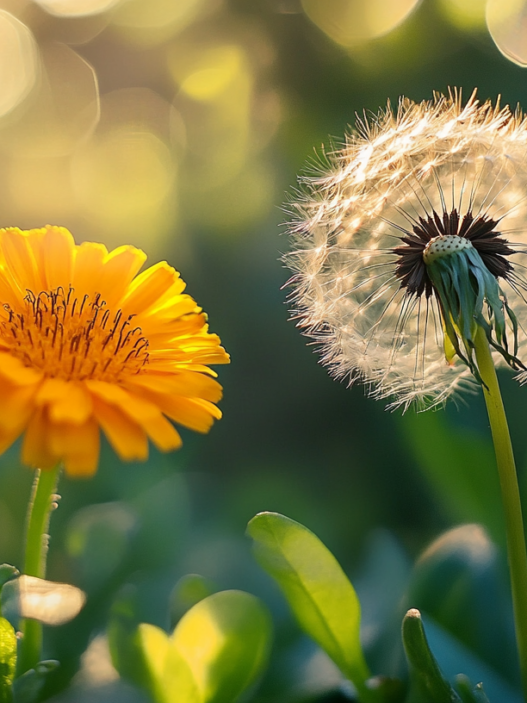In the botanical world, many plants are known for their medicinal purposes. Two of the most used species for home remedies are Calendula and Arnica.
Captain Obvious top tip! – Though they may look the same to the untrained eye, Calendula, and Arnica aren’t the same plant!
I’ve been growing both calendula and arnica for many years, and in that time I’ve found there are at least four key differences, which are:
- Their origin and physical appearance
- Their growth pattern
- Their medicinal uses
- Their treatment forms and applications
In this post, I’ll take a look at each of these four differences in detail.

Calendula vs. Arnica: Overview
Both Calendula and Arnica are perennial herbaceous plants under the daisy family, Asteraceae. It means that the two plants bloom daisy-like flowers when the time comes.
Over time, both plants have gained quite the popularity when it comes to natural medicine. They come in many forms, such as dried herbs, salves, creams, or tinctures.
The following table demonstrates Calendula vs. Arnica’s botanical description.
| Calendula | Arnica | |
| Botanical Name | Calendula Officinalis | Arnica Montana |
| Kingdom | Plantae | Plantae |
| Family | Asteraceae | Asteraceae |
| Tribe | Calenduleae | Madieae |
| Internal Healing Applications | Heart problems, high cholesterol, Arteriosclerosis, and blood circulation | Homeopathic Arnica for degenerative heart diseases, overtiredness, and head injuries |
| External Healing Applications | Eczema, acne, insect bites, nail fungus, frost bites, bed sores, etc. | Joint inflammations, bruises, sports injuries, soreness, etc. |

Differences Between Calendula vs. Arnica
The two plants may look much alike from a distance, but they have many differences in terms of looks and uses.
Generally, the most common use for these healing plants is first-aid applications, whether to treat wounds or bruises.
Having said that, herbalists also use Calendula and Arnica teas to improve heart health.
Take a look at four of the most distinctive differences between Calendula and Arnica.
1. Origin and Physical Appearance
Known more widely as pot marigolds, Calendulas are native to Western Europe, southwestern Asia, and northern Africa.
The plant has waxy stems with weakly-toothed leaves and bright orange flowers. Additionally, the erect stems of Calendula can grow to reach 30 inches in length.
On the other hand, Arnica sometimes goes by the name “mountain tobacco.” It’s native to Europe and Siberia.
The plant has round hairy stems reaching one to two feet tall and ending with one to three flower stalks. As for the flowers, they have yellow disc florets surrounded by orange-yellow rays.
2. Growth Pattern
Calendula blooms largely in moderate climates from June to October. You can usually find these flowers anywhere from vineyards and waysides to dumping areas.
Surprisingly, this plant can spread profusely and is hard to control. Yet, those golden bushes are always beautiful to look at.
Contrarily, Arnica isn’t as widely available as Calendula. The species Arnica Montana is a rare, protected plant in Europe.
Arnica Chamissonis, the North American version, is the alternative, and it has almost the same medicinal value.
3. Medicinal Properties
Both plants are officially listed in the book of natural medicine, the Pharmacopoeia, for their medicinal uses.
Calendula has anti-inflammatory characteristics due to the existence of a few specific saponins. These saponins are more active in the form of ointment than tincture.
The plant also contains useful medicinal ingredients, such as polysaccharides, carotene, fatty acids, and etheric oils. That’s why it has a wide range of healing applications.
As for Arnica, it has muscle-relaxing and antispasmodic effects. It contains flavonoids, etheric and volatile oils.
What’s more, the plant also has a substance that works as an antiphlogistic, antibiotic, pain reliever, and anticoagulant.
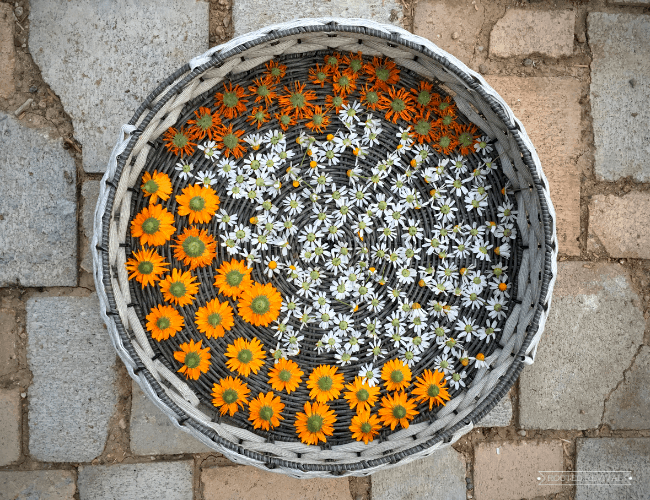
4. Treatment Forms and Applications
Usually, herbalists use fresh or dried flower heads in the preparation of the medicine.
Whether combined with other ingredients or used on their own, Calendula and Arnica come in these forms:
A. Herbal Tea
Prepared from the dried flower petals, herbal teas of Calendula and Arnica have a few medicinal properties.
Calendula tea has a great effect in improving blood circulation by treating varicose veins and arteriosclerosis. It also works great for healing parasites.
Typically, Calendula tea has no harmful side effects when taken in high doses. So, drinking two cups per day should be great for your health.
Unlike Calendula, Arnica can have a toxic effect on the body. That’s why you can’t drink it as a herbal tea.
Yet, some herbal experts use it in a homeopathic form for a few degenerative heart diseases.
B. Ointment
Calendula is one of the most effective ointments out there, if not the best ever. It’s also the most widely used form of calendula.
It’s amazing for treating bedsores, burns, wounds, and even melanoma.
What’s great about Calendula ointment is that it soothes pain instantly and has no undesired side effects or use restrictions.
As for Arnica oil, it works just as great as calendula. It’s best to use it for sports injuries, bruises, or broken blood vessels.
However, Arnica, in any form, shouldn’t be applied over open wounds.
C. Tincture
While it’s easy to make your own Calendula tincture using fresh petals and vodka, it’s better to get the store-bought version.
Overall, Calendula tincture is useful for easing insect bites, skin inflammation, and nail fungus.
Additionally, diluted Calendula tincture works like magic as a compress for open wounds.
While you can’t use Arnica tincture on open wounds, it has many properties. It penetrates the skin to relax muscles, ease pain, and prevent inflammation.
All in all, Arnica tincture has profound effects in speeding up the healing process.
D. Cream
Calendula is now a popular ingredient in many skin and cosmetic products, even in baby soaps and creams. It’s excellent for softening the skin and slowing the aging process.
On the other hand, Arnica cream isn’t a typical choice for cosmetic applications. It’s merely restricted to healing soreness and bruises.
Conclusion
Many plants were proven effective in treating a number of medical conditions. Calendula and Arnica are no exception.
When it comes to Calendula vs. Arnica, four differences stand out the most.
From their appearance and growth patterns to their medical applications, the two plants are quite special.
Herbalists often use Calendula to treat external as well as internal issues. It can also be used on open wounds. Contrarily, Arnica isn’t safe for open skin, but it’s equally as useful medicinally.
In all cases, it’s better to be aware of the medical precautions for any treatment you use, even if it comes from a natural source.
